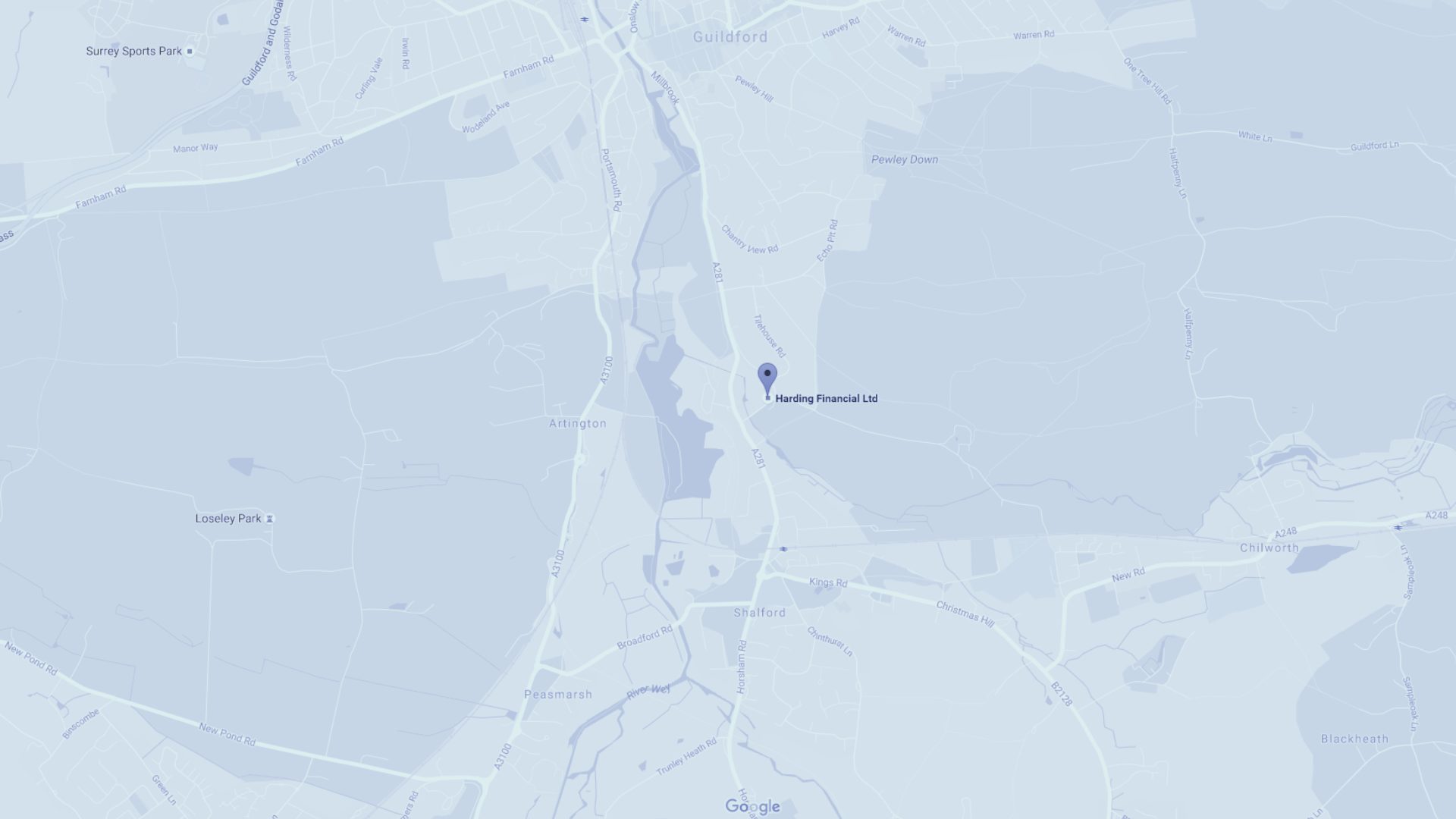
Austerity to Prosperity
In what may prove to be his final budget, the Chancellor George Osborne announced several new measures that are a major boost for savers and first-time buyers.
Austerity to Prosperity
It will be dubbed as the budget that saved the savers and rewarded struggling first-time buyers with a helping hand.
George Osborne’s March budget also ushered in a wave of tax-free banking to finally reward Brits crippled by record low interest rates. Contained within that famous red briefcase was a brand new Personal Tax Allowance for savers, which means that basic rate taxpayers won’t have to pay any tax on the first £1,000 worth of interest they earn.
Previously, £200 would be deducted in tax from earning £1,000 interest (meaning you would receive £800), so this new rule makes saving a more rewarding path. For higher rate taxpayers, the Personal Tax Allowance is £500.
Meanwhile the revolution in ISAs (or New ISAs) continues, as Cash ISA holders will be allowed to withdraw their savings and pay it back in, without losing the tax-efficient benefits. To qualify, repayments must be made in the same tax year as the withdrawal.
Save £12,000 and receive £15,000 for a deposit to buy a first home.
In a bid to help first time buyers, a brand new ‘Help to Buy ISA’ will be introduced in the autumn. For every £200 you pay in, the Government will also contribute £50. This will be capped at £3,000 government contributions. So effectively you can save £12,000 and receive £15,000 for a deposit to buy a first home. Such a move is expected to boost the housing market, as it will ultimately enable more people to get onto the property ladder.
Pensions
For pre-retirement and retired generations, there was mixed news within the budget. The pension contribution lifetime allowance is being reduced from £1.25 million to £1 million. A 55% tax charge would apply on pension holdings above £1 million. MGM Advantage’s pensions technical director Andrew Tulley is disappointed by this move, stating: “£1m might sound like a large sum of money, but the reality is that would secure you an index-linked income of around £24,000 a year after you have taken your tax-free cash. Put in those terms, it doesn’t sound as generous.”
Meanwhile retirees who are locked into an annuity will next year have the option to cash theirs in for a lump sum. The idea is that an insurance provider buys out your annuity and receives the income that would otherwise be paid to you, and in return you receive a settlement sum to use however you like.
If you have gone down the annuity route – perhaps because you had little choice – and are unhappy with the level of income you are receiving, this could be an attractive route to consider taking. However, you need to be aware that you will be taxed at your marginal rate for receiving a lump sum, which could reduce the value of your fund compared to continuing to receive an income from it.
5 reasons to smile
Tax Free Savings
Savers won’t have to pay any tax on interest on the first £1,000, or £500 for higher-rate taxpayers.
Help to Buy
New Help to Buy ISA, every £200 saved leads to a government top up of £50.
ISA Flexibility
Other ISAs to be made more flexible, allowing savers to keep tax benefits when they take money in and out.
Less paperwork
Annual tax return abolished, with details to be uploaded automatically online.
Tax free allowance
Personal tax free allowance rises to £10,800 next year and £11,000 the year after while the 40p rate climbs to £43,300 in 2017-18.
Personal tax
From this April, your personal allowance (the point before you start paying tax on your income) increased to £10,600.
Osborne has built further upon the personal tax threshold rises he implemented over the last few years. From this April, your personal allowance (the point before you start paying tax on your income) increased to £10,600. In the Budget, it was confirmed that this threshold will rise to £10,800 in 2016/17 and £11,000 in 2017/18.
At the other end of the scale, the threshold at which people start paying 40% income tax is to increase from £42,385 in 2014/15 to £43,300 in 2017/18. The transferable tax allowance for married couples will also rise to £1,100.
Levels and bases of and reliefs from taxation are subject to change and value depends on individual circumstances.
Contact Us
Get in touch today
Call us, email, drop in, or fill in the form so that one of our expert advisers can be in touch.
We look forward to hearing from you and being your financial partner.
Guildford Office:
The Estate Yard
East Shalford Lane
Guildford
Surrey
GU4 8AE
London Office: c/o The Ministry, 79-81 Borough Rd, London, SE1 1DN
